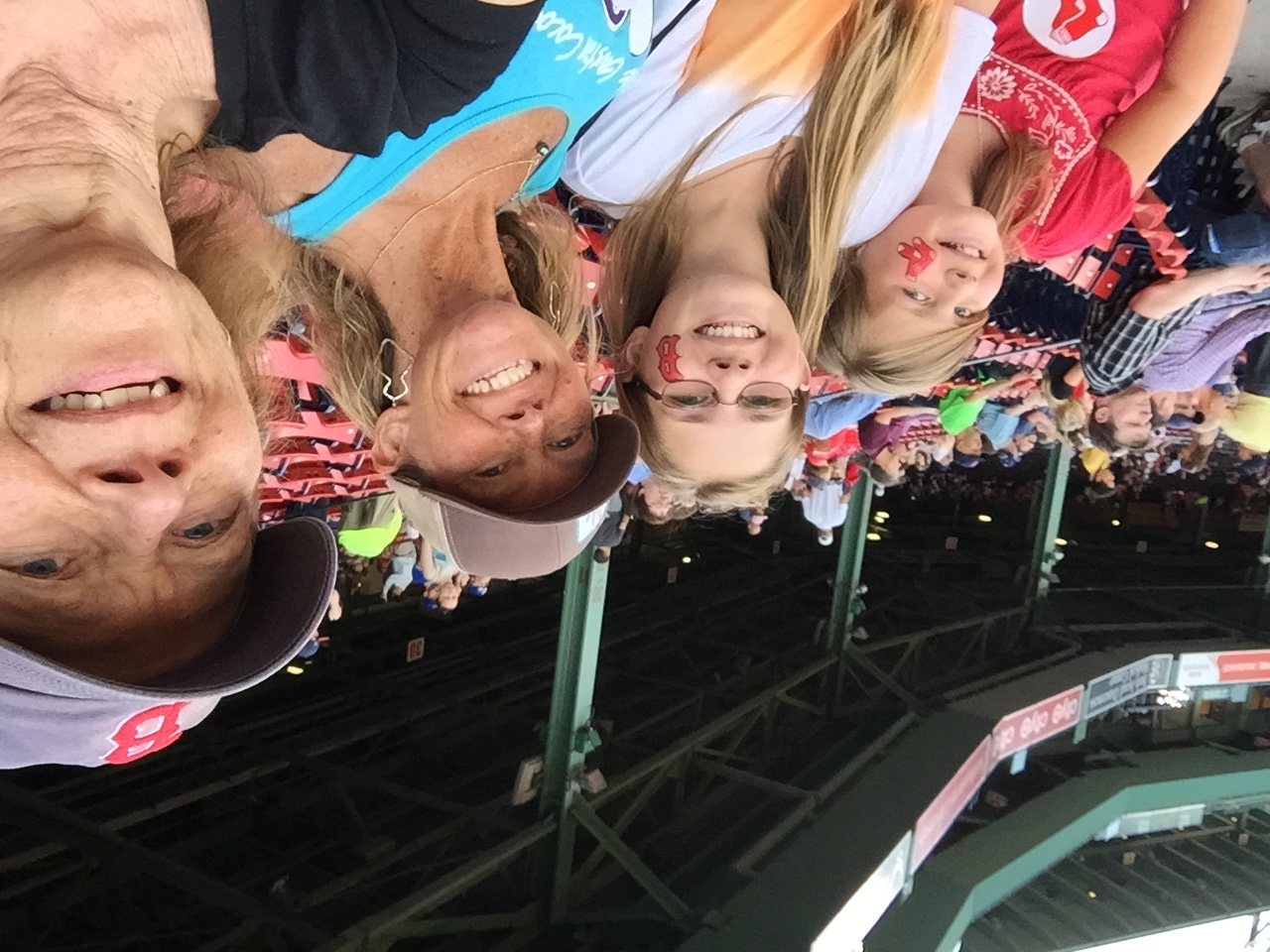12 years ago, Dot Day began with a celebration of the messages found in Peter H. Reynolds’ book, The Dot. In the book, a dedicated teacher helps an unsure student learn to trust herself and “make her mark.”
Today, almost four million people (3.9 million this morning and counting!) around the world (in 115 countries) are celebrating creativity, courage, and collaboration – and you can be one of them! Here’s how:
Step One: Make a dot. Anything you want! Big or small, no matter what, it will be unique to you.
Step Two: Sign your name. Dot Day is about having the confidence and courage to make your mark and be proud of what you’ve made.
Step Three: Share it with us! We want to see all of your wonderful creations. Instagram, Twitter, Facebook, just use the hashtag #DotDay15 and let the world know you stand for creativity.
Need some inspiration? Check out some of the dots made by the people here at FableVision Studios. To learn more about International Dot Day and how you can get involved, sing the song and visit the official website.









Want even more Dot Day? Participate in World Education's #Pages4Progress campaign, an official International Dot Day partner! Read more on our blog.



























